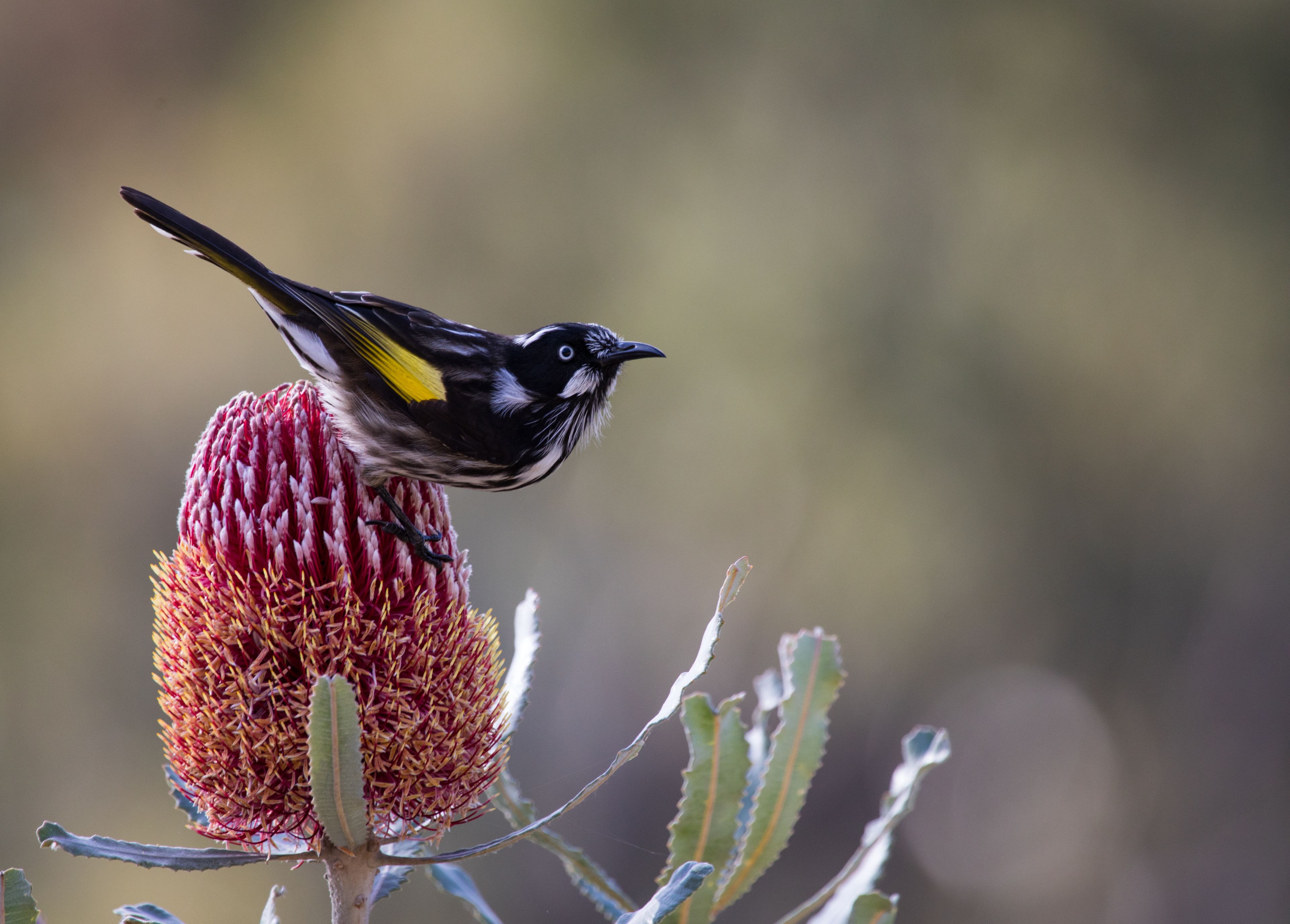Home/Curriculum resources/Understanding plants and animals/Conceptual-based question cards
Learning Area:
Science
Year level:
Level 6

Conceptual-based question cards
This activity is a part of the Understanding plants and animals resource.
Songwarbler perching on a branch. Canberra, Ngunawal country. Photographer: Anna Calvert. Source: Getty Images. Used under licence.
Engage with a variety of conceptual-based questions which explore the impact of fire practices on plants and animals.
These conceptual-based questions provide multiple entry and exit points. They explore concepts at varying complexities and can be used in a number of ways. Some examples include:
classroom debates
small group inquiry
individual responses
Think-Pair-Share.
Related activities within this resources:

Inquiry-based learning questions
These inquiry-based questions are provided for flexible classroom use, allowing teachers to tailor discussion and reflections specific to their classroom needs.

Activity 1 - Seed germination
We’ve all seen nature spring back into life after a fire. In this resource students will investigate the effect of ash on the germination of native seeds and how fire can be used in productive ways.
Suggested timing:
Occurs over a week or more, with something to monitor for the class across this time span.
Required resources:
Native seeds, Banksia spp. seeds, dry leaf litter, BBQ area or fire pit, fire lighters, plastic petri dishes, ash

Activity 2 - Diamond Ranking
Students will need to draw upon their critical thinking skills and express their perspective when ranking statements about Indigenous fire practices.
Required resources:
Scissors

Activity 3 - Exploring ecosystems before and after a controlled burn
Students can select an ecosystem, draw and explain what happens to the ecosystem before and after a controlled burn, linking this back to supporting biodiversity.